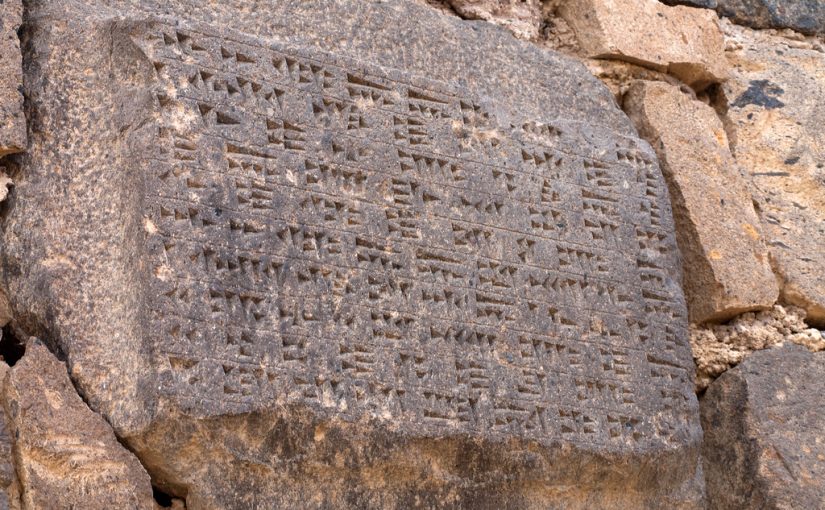You can download and play my Championship Twine here:
Championship Twine.html (This one does not have the music/ sound effects due to the file size restrictions on the blog)
In Bolter’s third chapter of Writing Space, he mentions a familiar practice: “Teachers of writing often encourage their students to sketch out topics and connect them through lines of association, an activity they have sometimes called “prewriting” (Bolter, 2001).
Funny enough, in my own creation of the Twine game’s story, I did not formulate elements that were mapped out previously; instead, I sort of generated the narrative as I went. With that said, effectively the entirety of the game itself is reflective of what can be characterized as ‘pre-writing’. In the same manner a pre-writing activity asks the author to create a type of organized progression of ideas to follow when producing the final product, so too does the twine game follow a noded design pattern that weaves together a narrative. Alternatively, the hypertext structure undoubtedly challenges the reader’s sense of traditional narrative and diminishes the conventional linearity of storytelling (Miall & Dobson, 2001). Personally, for the first time in a long time, I can clearly recognize how this type of educational tech tool could be explicitly implemented into my practice, especially when teaching language arts.
Consequently, I decided to write a ‘story’ on a topic that I am extremely passionate about. As a coach of young men, I understand that in sports and game situations there are hundreds of decisions that need to be made. I thought that would be a fun narrative adventure, however, incidentally, I recognized towards the end of the narratives creation that much of the embedded terminology would be difficult to follow for someone who doesn’t commonly follow this particular sport. I considered changing the narrative completely, however, Miall & Dobson’s words echoed:
“…attention was directed towards the machinery of the hypertext and its functions rather than to the experience offered by the story. We can see that as a result these readers largely failed to engage with the literary qualities of the text.” (Miall & Dobson, 2001).
Ultimately, it seems that players of the game are more concerned with the aspects of ‘winning’ or getting to the end than they are about the literary elements in the narrative structure.
Definitively, I felt that I wanted to go above and beyond the standard derivatives of a Twine game offered to users who consider themselves beginners. I wanted colours, sound effects, music, and potentially images. To do this, I had to learn a bit of basic coding, which at first glance, was incredibly daunting. I used the following video to understand the meaning of CSS and HTML ‘language’ and took in upon myself to learn a few fundamentals that I ended up using in my Twine game. Prior to this game’s creation, I knew the basic conceptual framework of coding but never put anything into practice. After learning and applying those skills to this game, I can’t help but this of Kamin’s words: “Even someone using text processing through the mediation of clerical help senses that something is happening to us, something more than a mere increase in the ability to edit writing conveniently and efficiently” (Kamin, 1984). Now, I understand that Twine isn’t necessarily a text processing tool, but I certainly feel like my ability to edit ‘writing’ (in the computational coding sense) has increased, and I’ve adopted a new outlook on the effectiveness, utility, and significance of that type of ‘writing’.
Bolter, J.D. (2001). Writing Space: Computers, hypertext, and the remediation of print. Mahway, NJ: Lawrence Erlbaum Associates. Chapter 3
Kamin, J. (1984). The think tank book. Berkeley: SYBEX.
Miall, D & Dobson, T. (2001) “Reading hypertext and the experience of literature.” Texas Digital Library.
